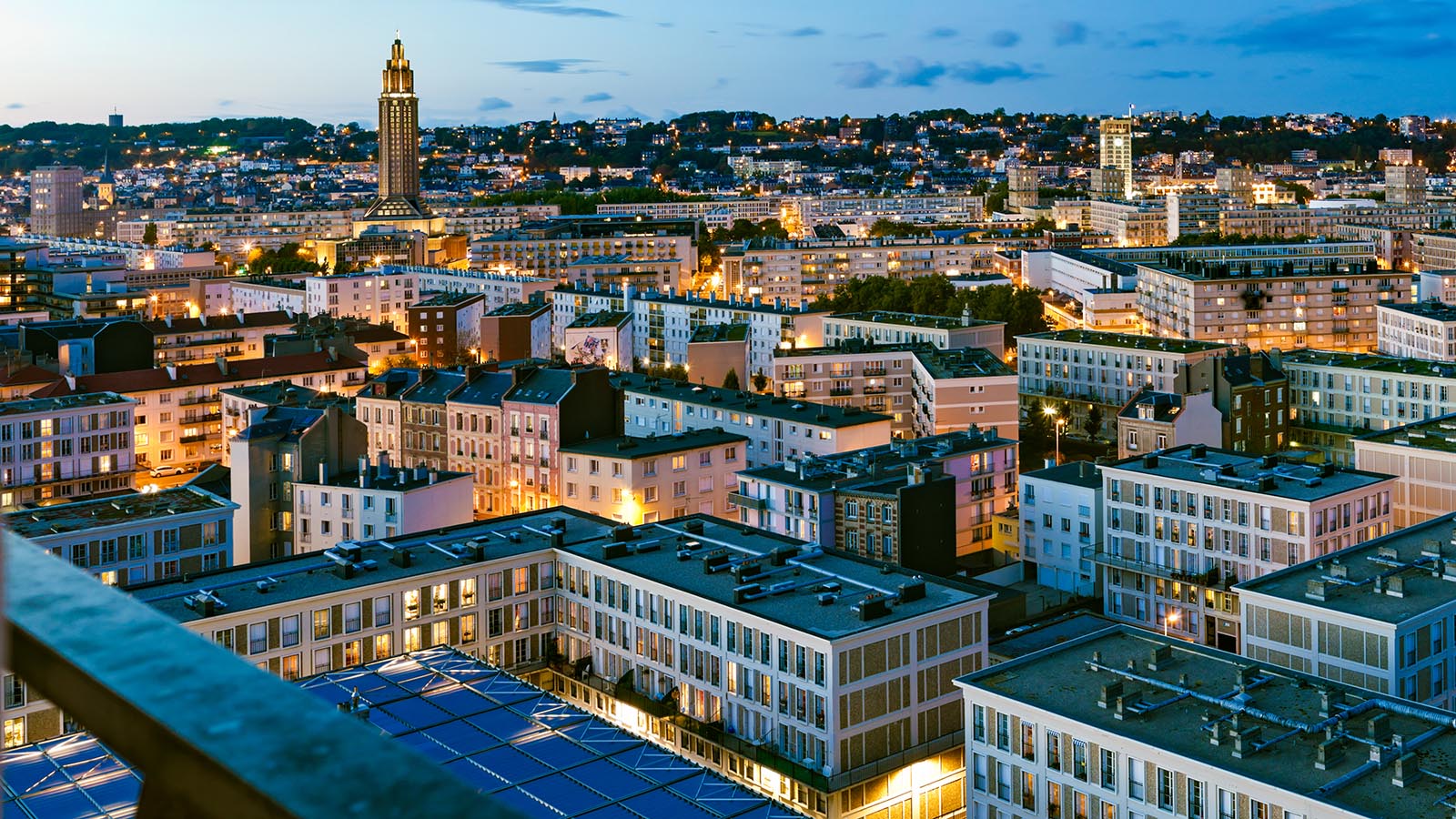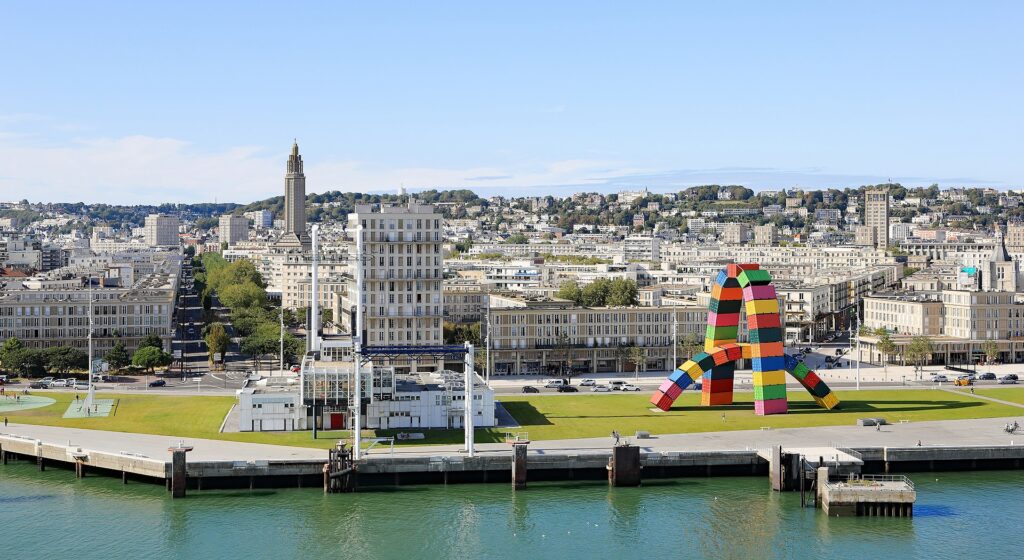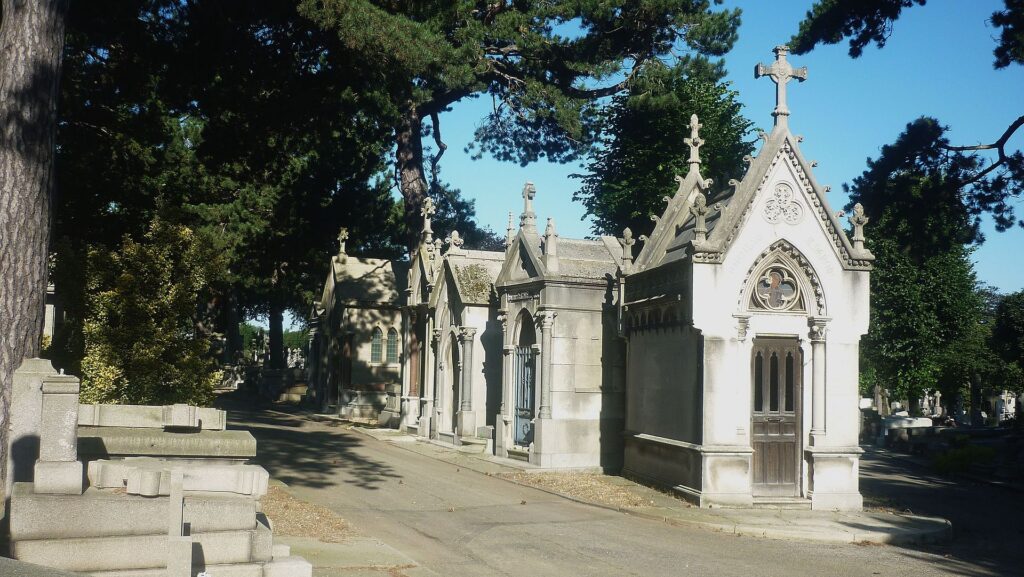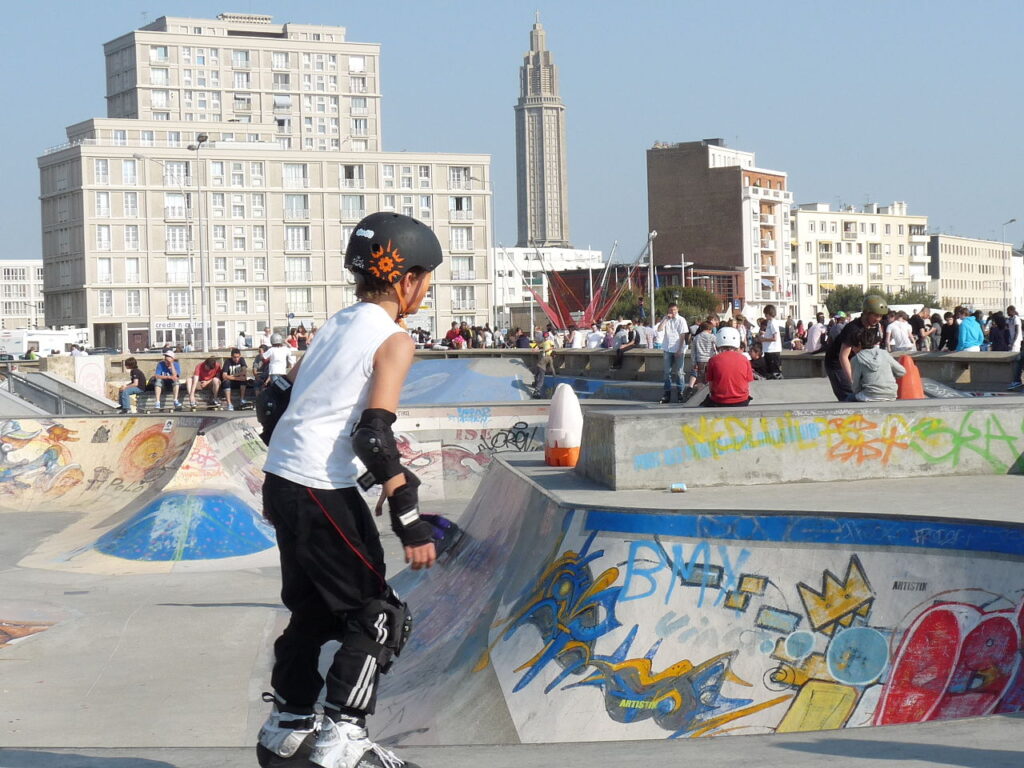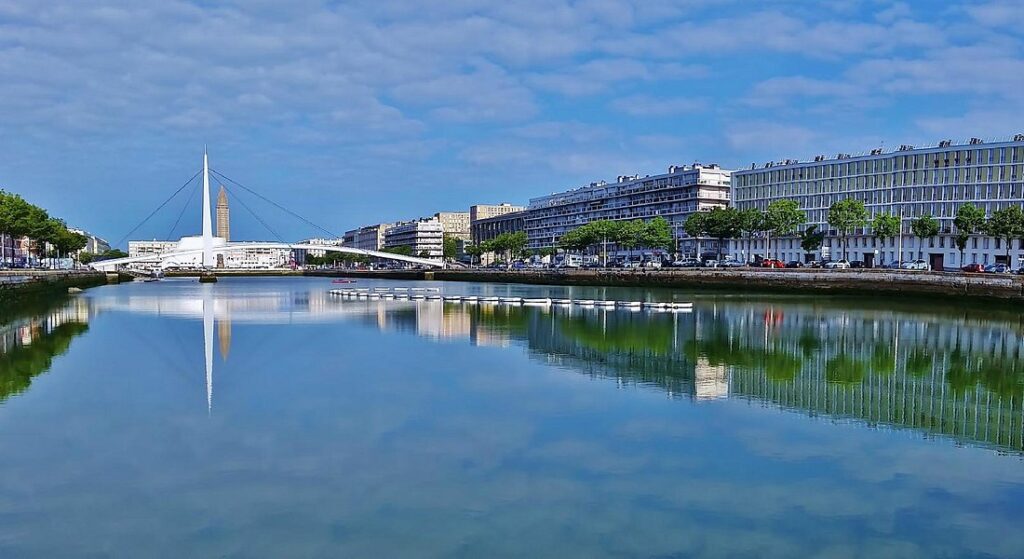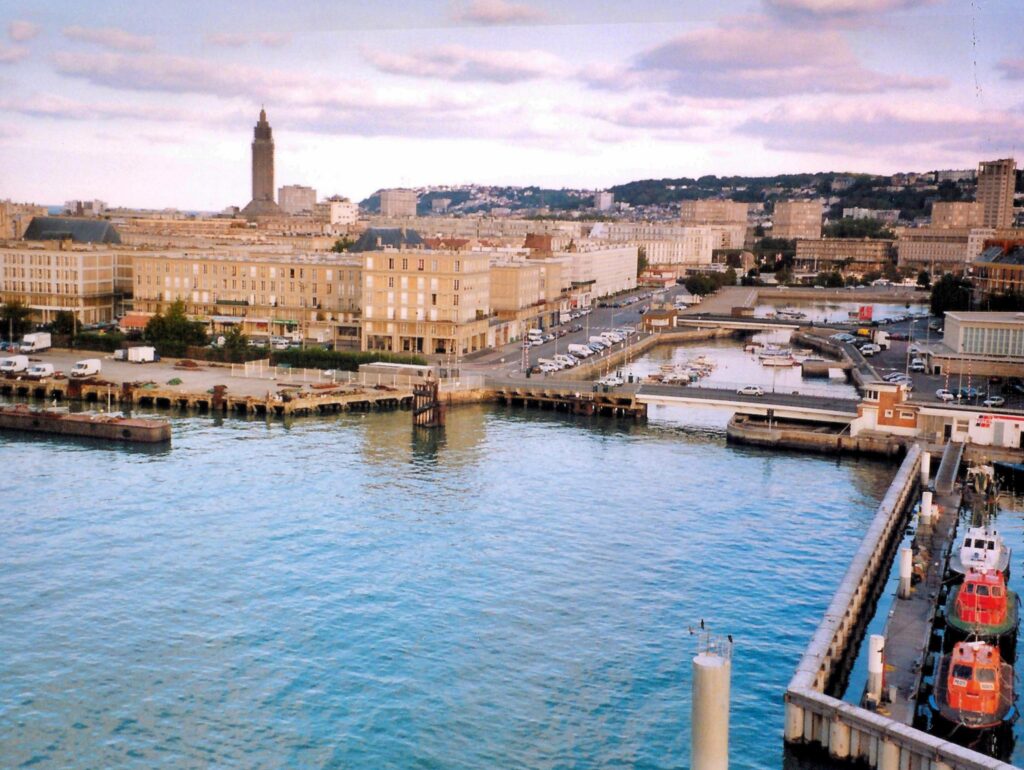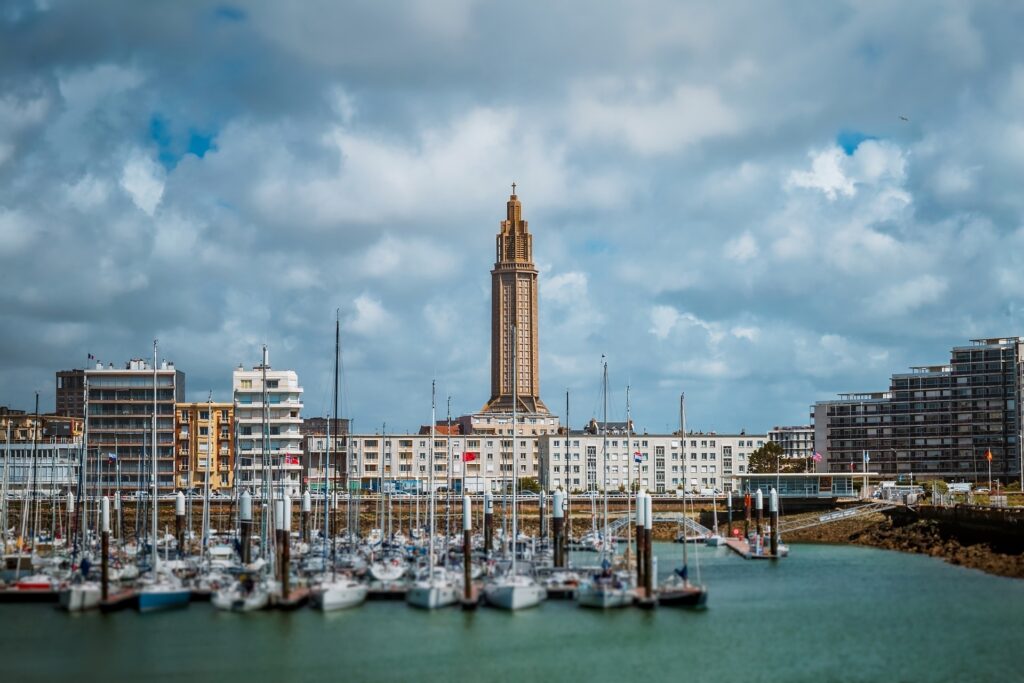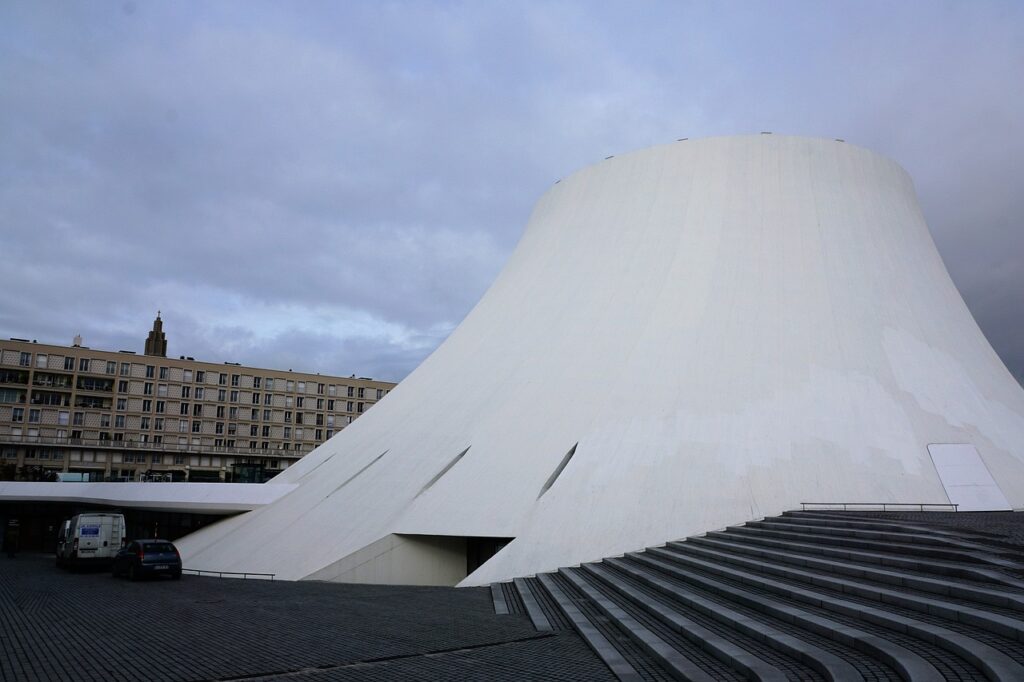Le Havre is an urban French commune and city in the Seine-Maritime department in the Normandy region of northwestern France. Le Havre is the most populous commune of Upper Normandy. The name Le Havre means “the harbour” or “the port”. Its inhabitants are known as Havrais or Havraises.
| Government | |
|---|---|
| Mayor (2020–2026) | Édouard Philippe |
| Area | 46.95 km2 (18.13 sq mi) |
| Population (2017-01-01) | 170,147 |
| Rank | 15th in France |
| Time zone | UTC+01:00 (CET) |
| Summer (DST) | UTC+02:00 (CEST) |
Climate
Due to its location on the coast of the Channel, the climate of Le Havre is temperate oceanic. Days without wind are rare. The prevailing winds are from the southwest sector for strong winds and north-north-east for breezes, snowstorms occur in winter, especially in January and February.
Environment
A study by Aphekom comparing ten large French cities showed that Le Havre is the least polluted urban commune of France. Le Havre is also the third best city in France with more than 100,000 inhabitants for air quality.
Le Havre has kept extensive green areas, the two largest areas are the Montgeon Forest and Rouelles Park which are both located in the upper town. The gardens of the Priory of Graville and the hanging gardens offer views of the lower city. In the city centre, Saint-Roch Square and the City Hall Gardens provide the people with urban recreation areas.
Sports
The city of Le Havre has some of the oldest sports clubs in France: the Le Havre Rowing Society (1838), the Regatta Society of Le Havre (1838), and Le Havre Athletic Club (1872), doyen of French football and rugby clubs.
The city also hosted the sailing events for the 1900 and 1924 Summer Olympics, respectively.
The maritime side of the city is found in many sports: for example, the tradition of sailing is old. Today, Le Havre is known as a water sports and Seaside resort. The marina can host deepwater vessels around the clock in any weather. The Centre Nautique Paul Vatine is the fifth largest club in the country for the number of sports licenses it holds; it ranks second in the Division 1 of the Championship France for Catamaran Clubs.
The city has 99 sports facilities including 46 gymnasiums, 23 sports fields, and 5 swimming pools. The Stade Océane (Ocean Stadium), with 25,000 seats, it can host football matches as well as other sporting and cultural events. Basketball and Handball matches are playued in the Dock Océane hall (3600 seats) while ice hockey is played at the ice hockey rink. Le Havre has the largest free outdoor skatepark in France with approximately 7,000 m2 allocated to the urban Boardsport. The port infrastructure allows for many water activities such as sailing, fishing, canoeing, and rowing. Finally, the beach is a place for kitesurfing, windsurfing and surfing.
Religion
Today, the commune of Le Havre is divided into eight parishes and 24 places of worship (churches and chapels). The oldest chapel is Saint-Michel d’Ingouville which dates back to the 11th century. The Church of Saint Joseph du Havre, built by Auguste Perret, dominates the city with its spire 107m high. There are several monastic establishments (Carmel of the Transfiguration, Franciscan Monastery, Little Sisters of the Poor, etc.).
The city also has seven Muslim places of worship: the socio-cultural association of Muslims in Upper Normandy, En-Nour Mosque on Rue Paul Claudel, El Fath Mosque on rue Victor Hugo, Bellevue mosque on rue Gustavus Brindeau, and three prayer rooms located on rue Audran, Boulevard Jules Durant, and rue Lodi. The synagogue is the seat of the association consistoriale israélite du Havre whose president is Victor Elgressy.
Culture
Events and festivals
Le Havre’s festival calendar is punctuated by a wide range of events.
In spring a Children’s Book Festival was recently created. In May there is the Fest Yves, a Breton festival in the Saint-François district. On the beach of Le Havre and Sainte-Adresse there is a jazz festival called Dixie Days in June. In July, detective novels are featured in the Polar room at the Beach hosted by The Black Anchors.
In the first weekend of September the marine element is highlighted in the Festival of the Sea. This is a race between Le Havre and Bahia in Brazil. Also every November there is a fair held in the Docks Café. The Autumn Festival in Normandy, organized by the departments of Seine-Maritime and Eure, and the Region of Normandy, runs from September to November and offers numerous concerts throughout the region as well as theatre performances and dance.
Cultural heritage and architecture
View of the rebuilt central city: the belfry of the town hall and the bell tower of the Church of Saint-Joseph du Havre. Many buildings in the city are classified as “historical monuments”, but the 2000s marked the real recognition of Le Havre’s architectural heritage.

The oldest building still standing in Le Havre is the Graville Abbey. The other medieval building in the city is the Chapel of Saint-Michel of Ingouville. Because of the bombing in 1944, heritage from the modern era is rare: Le Havre Cathedral, the Church of Saint Francis, the Museum of the Hotel Dubocage of Bleville, the House of the ship-owner and are concentrated in the Notre-Dame and Saint-François areas. The buildings of the 19th century testify to the maritime and military vocations of the city: the Hanging Gardens, the Fort of Tourneville, Vauban docks, and the Maritime Villa. The all curved architecture of the “Volcano”, designed by Oscar Niemeyer, contrasts with that of the rebuilt centre. Finally, the reconstruction of many districts is a showcase for the architecture of the 21st century.
Museums
Five Museums in Le Havre have the distinction of being classified as Musées de France (Museums of France) an official label granted only to museums of a high status. The five museums are: Museum of modern art André Malraux – MuMaOverview of the Museum of modern art André Malraux – MuMa
A Museum dedicated to the history of Le Havre with many objects from the Ancien Régime and the 19th century: furniture, old maps, statues, and paintings. Musée d’histoire naturelle (Museum of Natural History).
The museum houses mineralogy, zoology, ornithology, palaeontology and prehistory departments.
From the 18th century; like the Museum of Old Havre it is dedicated to the History of Le Havre and contains many relics from the Ancien Régime as well as furniture, old maps, statues, and paintings.Museum of the Priory of Graville
The Museum at the Priory of Graville displays many items of religious art including statues, madonnas, and other religious objects many of which are classified by the Ministry of Culture. It also houses the Gosselin collection of 206 model houses created by Jules Gosselin in the 19th century.[146]
Theatres, auditoriums and concerts
There are two main cultural axes in Le Havre: the central city and the Eure district. The Espace Oscar Niemeyer consists of a part of the “Great Volcano”, a national theatre seating 1,093 (which houses the National Choreographic Centre of Le Havre Haute-Normandie directed by Hervé Robbe) and secondly the “Little Volcano” with a 250-seat multi-purpose hall for live performances.
The second cultural centre of the city is in the Eure district near the Basin Vauban. Docks Océane is a multi-purpose hall (concerts, shows, and sporting events). The largest cinema in Le Havre is located on the Docks Vauban (2,430 seats).
Libraries and archives
The main library is located in the city centre, named after the writer Armand Salacrou. It has branches in all districts. Thousands of references are available in specialized libraries in the Higher School of Art, the Museum of André Malraux, and the Natural History Museum.
